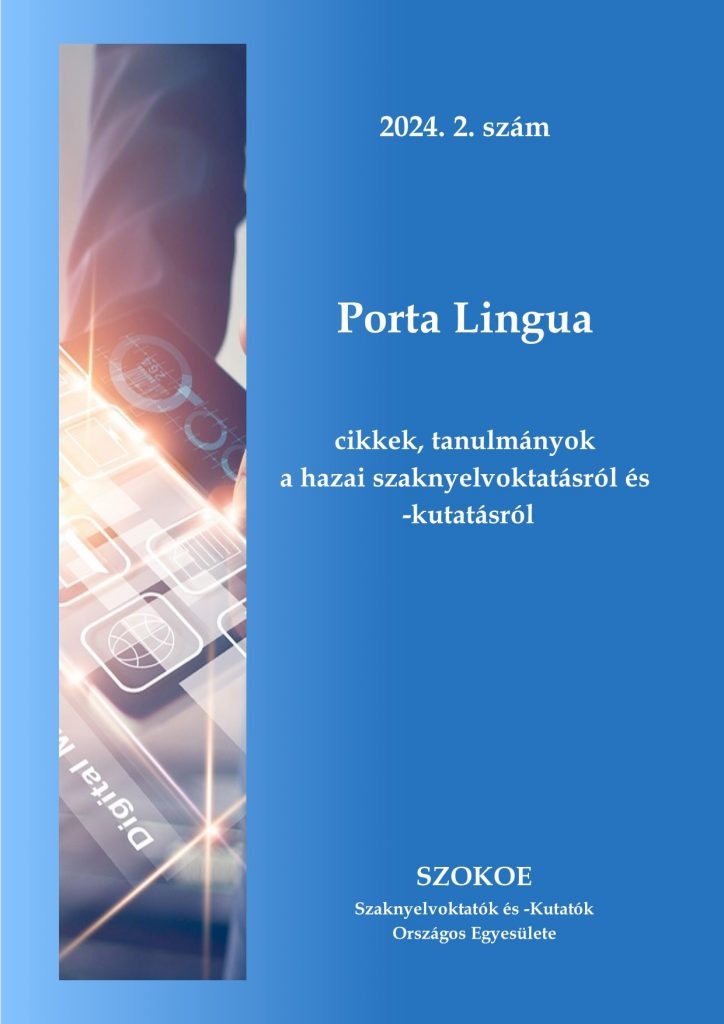Tools for improving clinical communication: empathy map and empathy scale
Abstract
The role of empathy in patient-centered care is paramount. However, the level of empathy among healthcare professionals and medical students is currently sub-optimal. The course ‘Empathic and Assertive Communication in Clinical Practice’ aims to develop empathic communication to optimise the level of empathy among medical students. The empathy map is a tool to help understand another person’s perspective. The participants of the study were third, fourth and fifth-year medical students. In the course ‘Empathic and Assertive Communication in Clinical Practice’, the medical students were given simulated medical cases in which the simulated patient was resistant and tried to reach a shared decision with the patient using empathic communication in the process of persuasion. As part of the medical students’ communication skills training, we assessed the applicability and usefulness of the empathy map. A key element of evaluating doctor-patient situations was obtaining feedback from the patient, for which the online empathy scale (PPIQ) questionnaire was used. The empathy map helped medical students to understand the patient during the dialogue better. In the patient questionnaire, the highest scoring aspects in the physician’s assessment were calmness, giving understandable information, respect, listening attentively, encouragement, and making shared decisions. The empathy map helps students focus on the patient, but further research is needed to determine how much their empathic skills are enhanced.
References
Archer, E. – Meyer, I. S. (2021): Applying empathic communication skills in clinical practice: medical students' experiences. South Afr. Family Prac. 63. 5244. DOI: https://doi.org/10.4102/safp.v63i1.5244
Bayne H. B. (2011): Training Medical Students in Empathic Communication. The Journal for Specialists in Group Work. 36:4. 316–329. DOI: https://doi.org/10.1080/01933922.2011.613899
Cairns, P. et al. (2020): Empathy maps in communication skills training. The Clinical Teacher. 18. DOI: https://doi.org/10.1111/tct.13270
Casu, G. – Gremigni, P. – Sommaruga, M. (2018): The Patient-Professional Interaction Questionnaire (PPIQ) to assess patient centered care from the patient’s perspective. Patient Education and Counseling. 102.1. 126–133. DOI: https://doi.org/10.1016/j.pec.2018.08.006
Hojat, M. et al. (2002): Physician empathy: definition, components, measurement, and relationship to gender and specialty. American Journal of Psychiatry. 159.9. 1563–1569.
Neumann, M. et al. (2008): Analyzing the “nature” and “specific effectiveness” of clinical empathy. A theoretical overview and contribution towards a theory-based research agenda. Patient Education and Counseling. 74.3. 339–346. DOI: https://doi.org/10.1016/j.pec.2008.11.013
Németh, E. (2007): A meggyőző kommunikáció szerepe a gyógyításban. MedicalOnline. https://medicalonline.hu/cikk/a_meggyozo_kommunikacio_szerepe_a_gyogyitasban
Norfolk, T. – Birdi, K. – Walsh, D. (2007): The role of empathy in establishing rapport in the consultation. A new model. Medical Education. 41. 690–697.
Pilling, J. (2018): Orvosi kommunikáció. Medicina: Budapest
Shapiro, S. M. – Lancee, W. J. – Richards-Bentley, C. M. (2009): Evaluation of a communication skills program for first-year medical students at the University of Toronto. BMC Medical Education. 9.11. DOI: https://doi.org/10.1186/1472-6920-9-11
Silverman J. – Kurtz S. – Draper J. (2013): Skills for Communicating with Patients. Radcliffe Publishing Ltd: London
Stepien, K. – Baernstein, A. (2006): Educating for empathy. Journal of General Internal Medicine. 21. 524–530. DOI: https://doi.org/10.1111/j.1525-1497.2006.00443.x
Szalai-Szolcsányi J. – Warta V. – Eklics K. (2023): Empatikus és asszertív kommunikáció a klinikai gyakorlatban. In: Molnár, D. – Molnár, D. – Dr. Nagy, A. Sz. (szerk.): XXV. Tavaszi Szél Konferencia 2022. Tanulmánykötet I. Doktoranduszok Országos Szövetsége (DOSZ): Budapest (2022). 508–522.
Uchôa de Resende Sousa, L. et al. (2021): The Health Empathy Map as an instrument of reflection in a non-care teaching scenario. Revista Brasileira de Educação Médica. 45.4. DOI: https://doi.org/10.1590/19815271v45.4-20210224.ing



